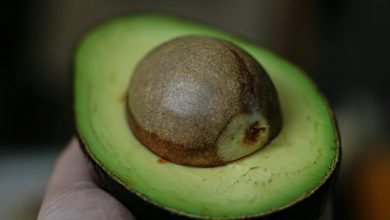Are you what you eat? Biggest-ever catalogue of food microbes finds out
Bacteria and fungi in fermented favourites such as kimchi are also present in the human microbiome.

You are, at least in terms of your microbiome, what you consume. A microbiome inventory encompassing over 2,500 types of cheeses, meats, and other foods indicates that a minor fraction of an individual’s microbiome is derived from their diet. The study1 contains the greatest collection of bacteria, fungus, and other microorganisms discovered in food ever.
Certain microorganisms are necessary for the fermentation of several foods, such as kimchi, kefir, sauerkraut, and salami. The study’s co-leader, microbiologist Nicola Segata of the University of Trento in Italy, believes that additional bacteria in fermented and unfermented foods may have an impact on taste and other characteristics including how quickly they decay. The work was published in Cell on August 29.
Fermented foods
After sequencing the microbial DNA of roughly 2,000 different foods, Segata and his associates compiled the data with nearly 600 known food microbiomes. Fresh meat, fish, fruit and vegetables were also included in the study, although the majority of the food was fermented (Segata made sure to include samples of his favourite cheese, Gorgonzola).
Similar foods tended to have similar microorganisms, but more investigation turned up some interesting trends. Although their composition varied, lactic acid-producing bacteria, such as Lactobacillus, were particularly common in dairy products. For example, different Lactobacillus species were present in Dutch blue cheese than in Italian fontina and mozzarella. Microbes found in kombucha, coffee, and pu’er, a fermented tea from Yunnan, China, had similarities to those found in alcoholic drinks.
This microbiome investigation, like nearly all of others, revealed species that had never been discovered previously. The researchers found that about half of the microorganisms were novel. Rich in this microbial dark matter were African palm wine, cheese brine, and pulque, a sour agave wine consumed in Mexico.
Microbe overlap
There was some overlap between the hundreds of microbiomes from human mouths and stomachs and the food microbiomes, the researchers discovered. A little over 3% of the microbe species found in the stomachs of adults, 8% of youngsters, and over 50% of neonates were also detected in food. Segata notes that this does not imply that all of these microorganisms originated from food consumed by humans, as there may have been previous occasions in which food microbes established themselves in people’s stomachs and started to spread between people. Although they can also be found in breast milk, the dietary bacteria in newborns’ microbiomes have a tendency to be linked to dairy products.
According to Benjamin Wolfe, a microbiologist at Tufts University in Medford, Massachusetts, none of these findings are particularly shocking. However, the discovery establishes the framework for further investigation into the reasons behind the presence of distinct microorganisms and their populations in specific diets. The numerous unidentified bacteria in our food also fascinate him. According to Wolfe, mining these could produce novel food types with unique qualities.




